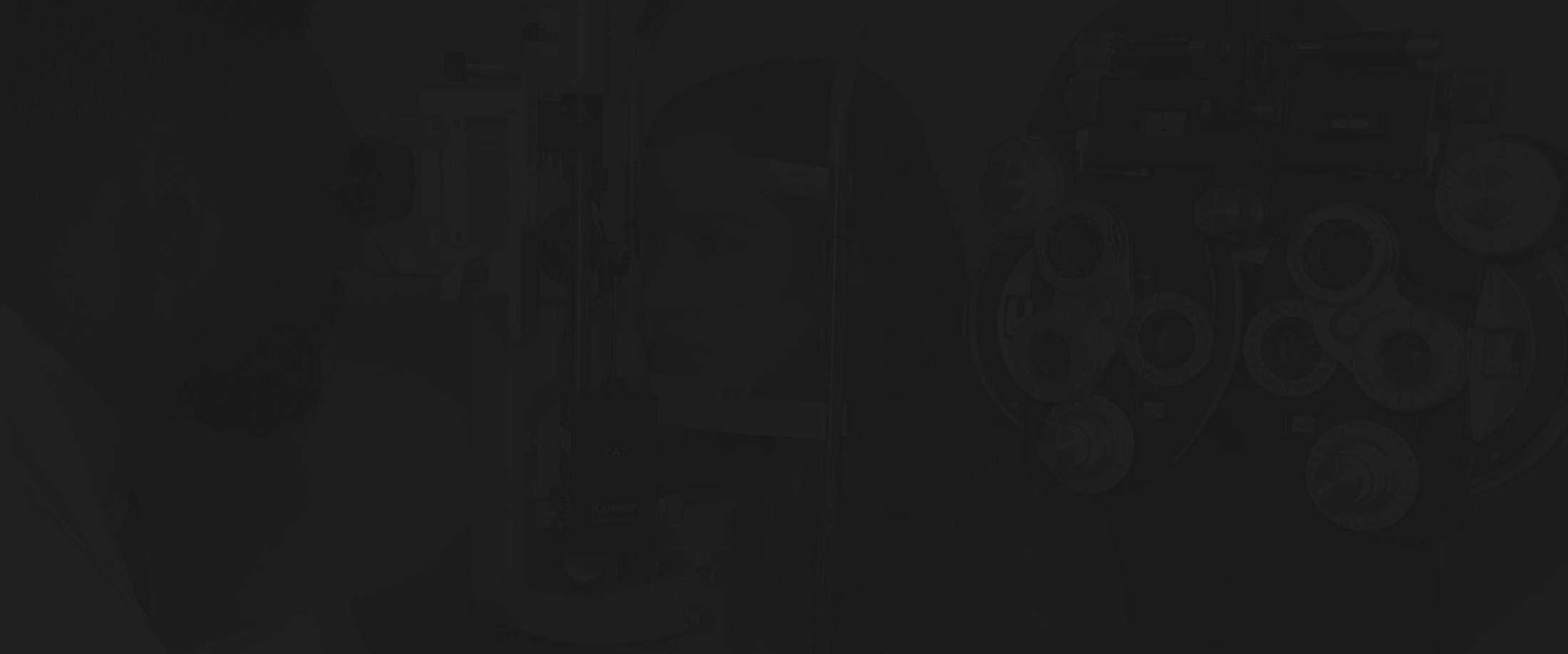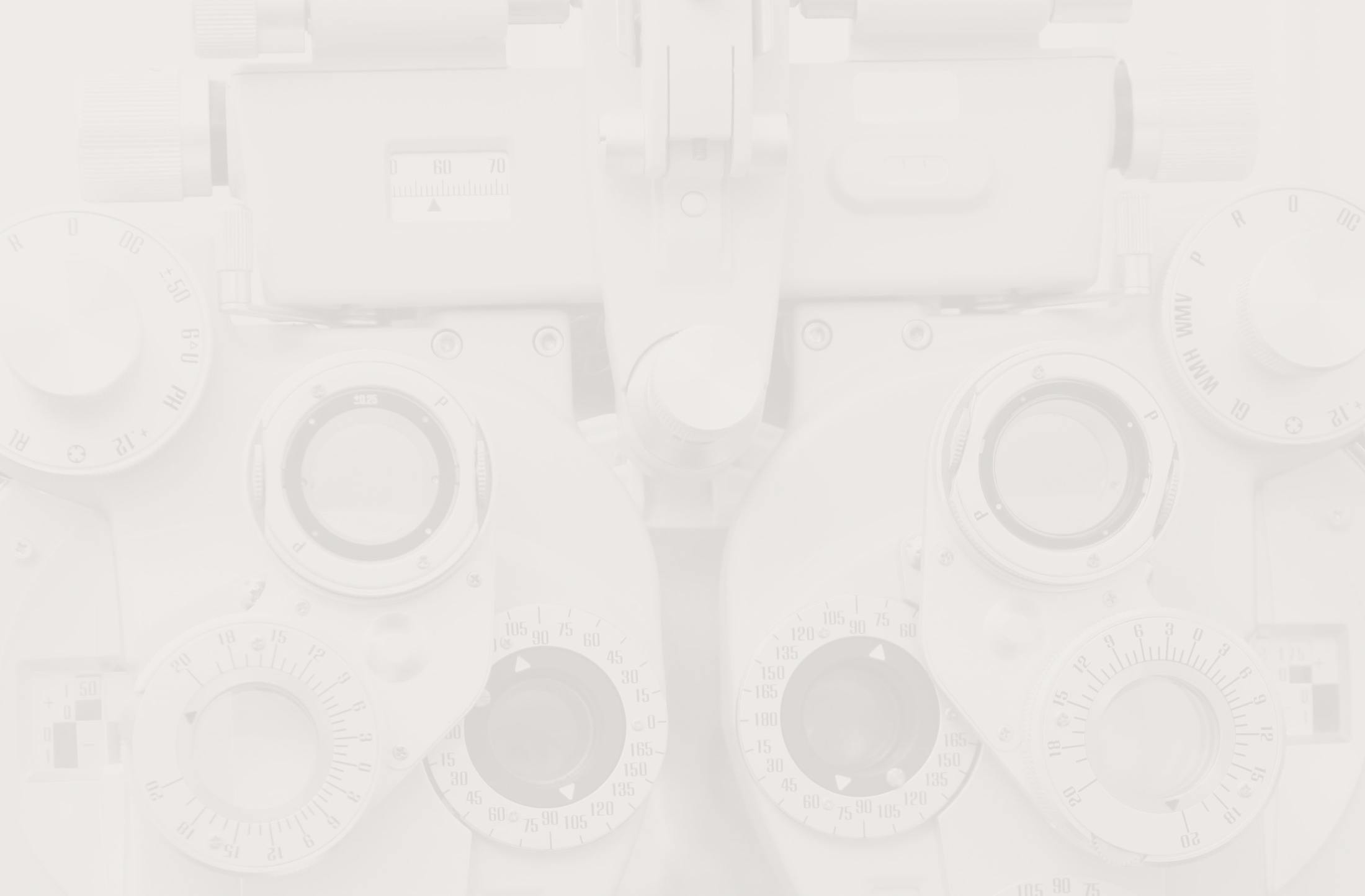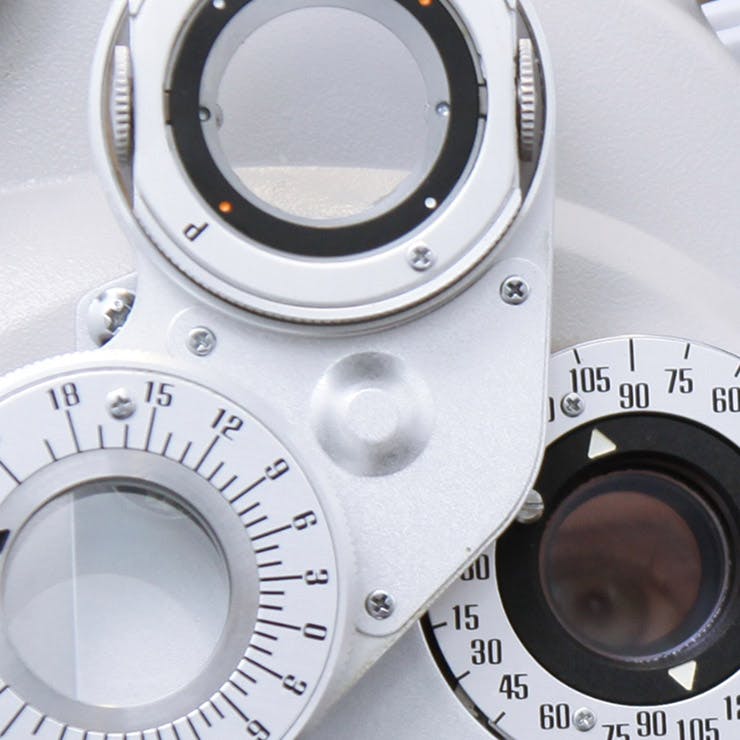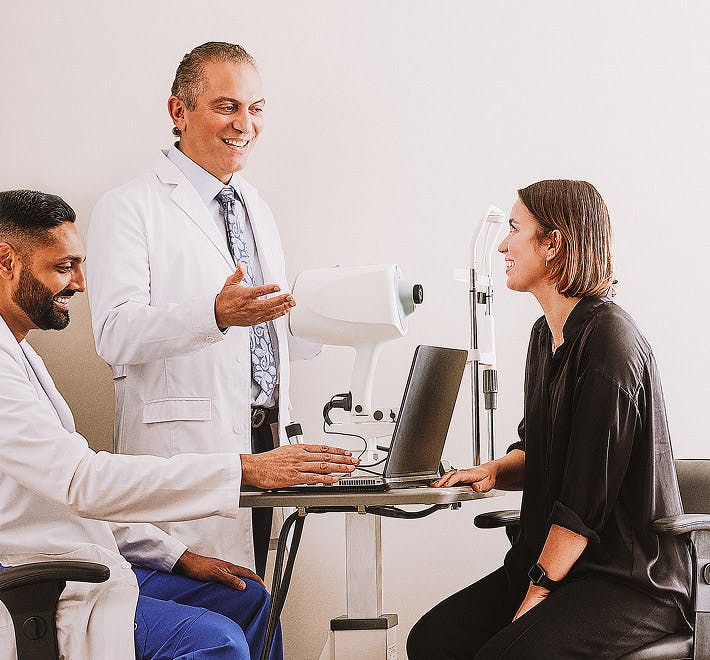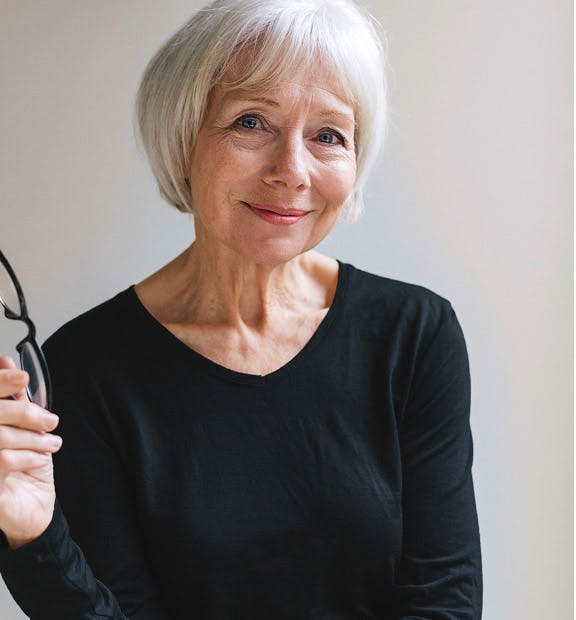Refine your vision and reclaim visual freedom with a specialized intraocular lens exchange, performed by one of the region’s most trusted surgical vision experts.
What Is Intraocular Lens Exchange?
Intraocular lens exchange is a surgical process where an existing IOL is carefully removed and replaced with a new lens implant. Often recommended for individuals dissatisfied with the outcomes of their initial cataract surgery or who desire a premium lens option, this procedure targets unresolved refractive errors, astigmatism, or issues like glare and halos.
By selecting a more suitable lens technology, such as a multifocal, extended-range, or astigmatism-correcting design, patients can significantly improve their visual range and reduce their need for corrective eyewear. While the concept may sound similar to cataract surgery, ILE involves unique considerations. The eye's anatomy may have changed since the first procedure, and scar tissue can form around the old lens implant.
For this reason, the surgical plan typically includes specialized diagnostic imaging and precise lens measurements to ensure optimal alignment and fit. When performed by a skilled surgeon using modern technology, intraocular lens exchange can be highly effective for restoring clarity, comfort, and confidence in daily activities.



